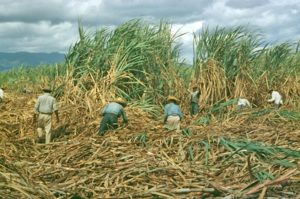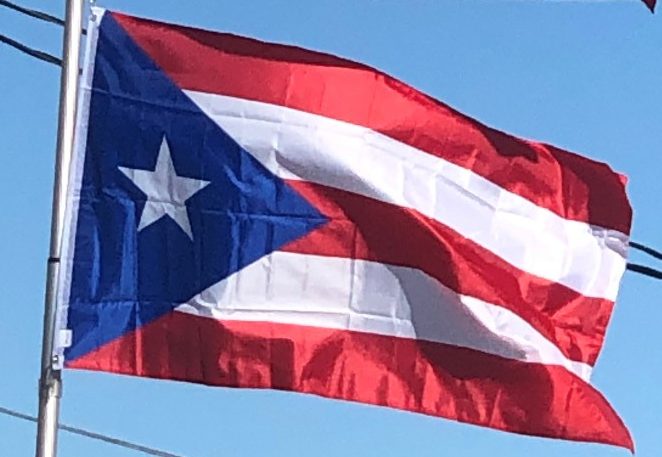Free land was offered as an incentive to those who wanted to populate the two islands, on the condition that they swear their loyalty to the Spanish Crown and allegiance to the Roman Catholic Church. The offer was very successful, and European immigration continued even after 1898. Puerto Rico still receives Spanish and European immigration.
American Era (1898–Present):
Spanish-American War:
In 1890, Captain Alfred Thayer Mahan, a member of the Navy War Board and leading U.S. strategic thinker, published a book titled The Influence of Sea Power upon History in which he argued for the establishment of a large and powerful navy modeled after the British Royal Navy. Part of his strategy called for the acquisition of colonies in the Caribbean, which would serve as coaling and naval stations. They would serve as strategic points of defense with the construction of a canal through the Isthmus of Panama, to allow easier passage of ships between the Atlantic and Pacific oceans.
William H. Seward, the former Secretary of State under Presidents Abraham Lincoln and Andrew Johnson, had also stressed the importance of building a canal in Honduras, Nicaragua or Panama. He suggested that the United States annex the Dominican Republic and purchase Puerto Rico and Cuba. The U.S. Senate did not approve his annexation proposal, and Spain rejected the U.S. offer of 160 million dollars for Puerto Rico and Cuba.
Since 1894, the United States Naval War College had been developing contingency plans for a war with Spain. By 1896, the U.S. Office of Naval Intelligence had prepared a plan that included military operations in Puerto Rican waters. Recent research suggests that the U.S. did consider Puerto Rico valuable as a naval station, and recognized that it and Cuba generated lucrative crops of sugar, a valuable commercial commodity which the United States lacked, before the development of the sugar beet industry in the United States.

On July 25, 1898, during the Spanish–American War, the U.S. invaded Puerto Rico with a landing at Guánica. As an outcome of the war, Spain ceded Puerto Rico, along with the Philippines and Guam, then under Spanish sovereignty, to the U.S. under the Treaty of Paris, which went into effect on April 11, 1899. Spain relinquished sovereignty over Cuba, but did not cede it to the U.S.
United States Unincorporated Organized Territory (1900–1952):
The United States and Puerto Rico began a long-standing metropolis-colony relationship. In the early 20th century, Puerto Rico was ruled by the military, with officials including the governor appointed by the President of the United States. The Foraker Act of 1900 gave Puerto Rico a certain amount of civilian popular government, including a popularly elected House of Representatives. The upper house and governor were appointed by the United States.
Its judicial system was constructed to follow the American legal system; a Puerto Rico Supreme Court and a United State District Court for the territory were established.

U.S. Citizenship and Puerto Rican Citizenship:
In 1917, the U.S. Congress passed the Jones–Shafroth Act (popularly known as the Jones Act), which granted Puerto Ricans born on or after April 25, 1898, U.S. citizenship. Opponents, including all of the Puerto Rican House of Delegates, claimed that the U.S. imposed citizenship in order to draft Puerto Rican men into the army as American entry into World War I grew likely.
